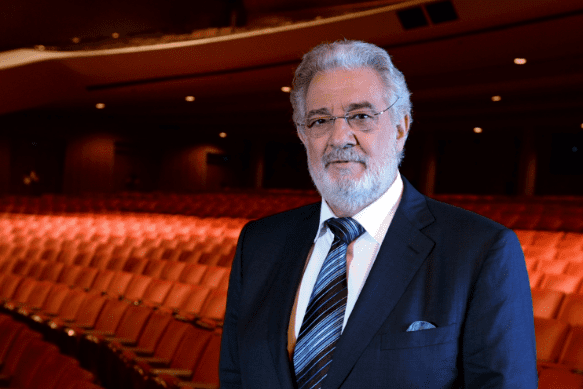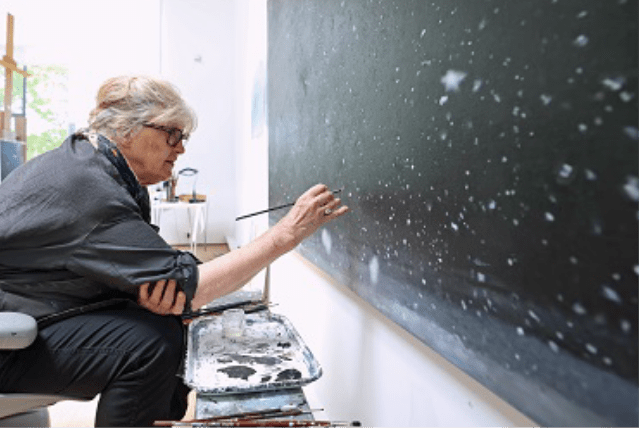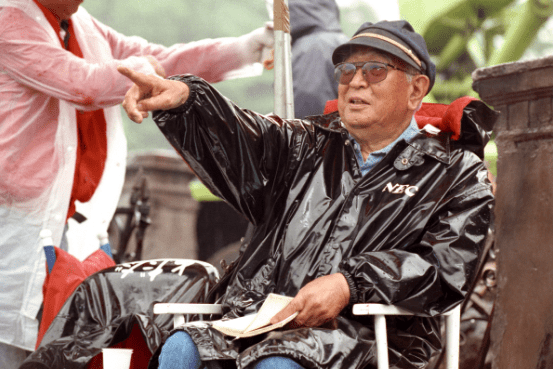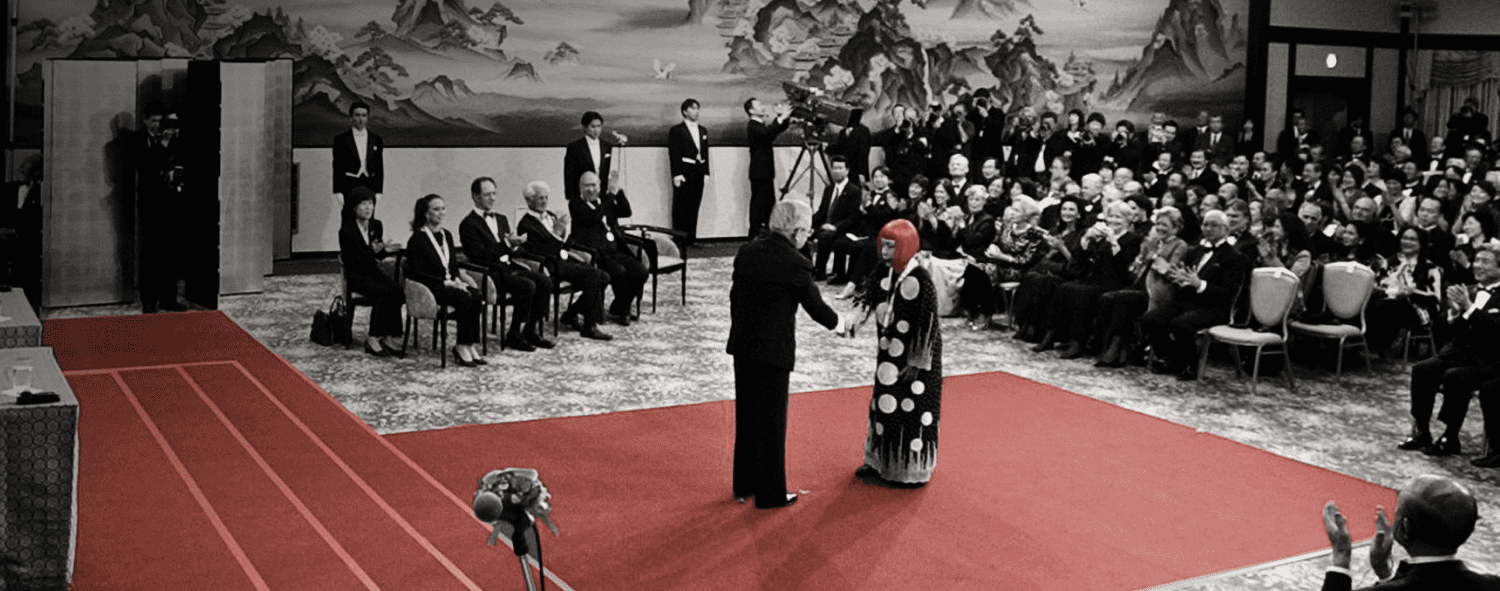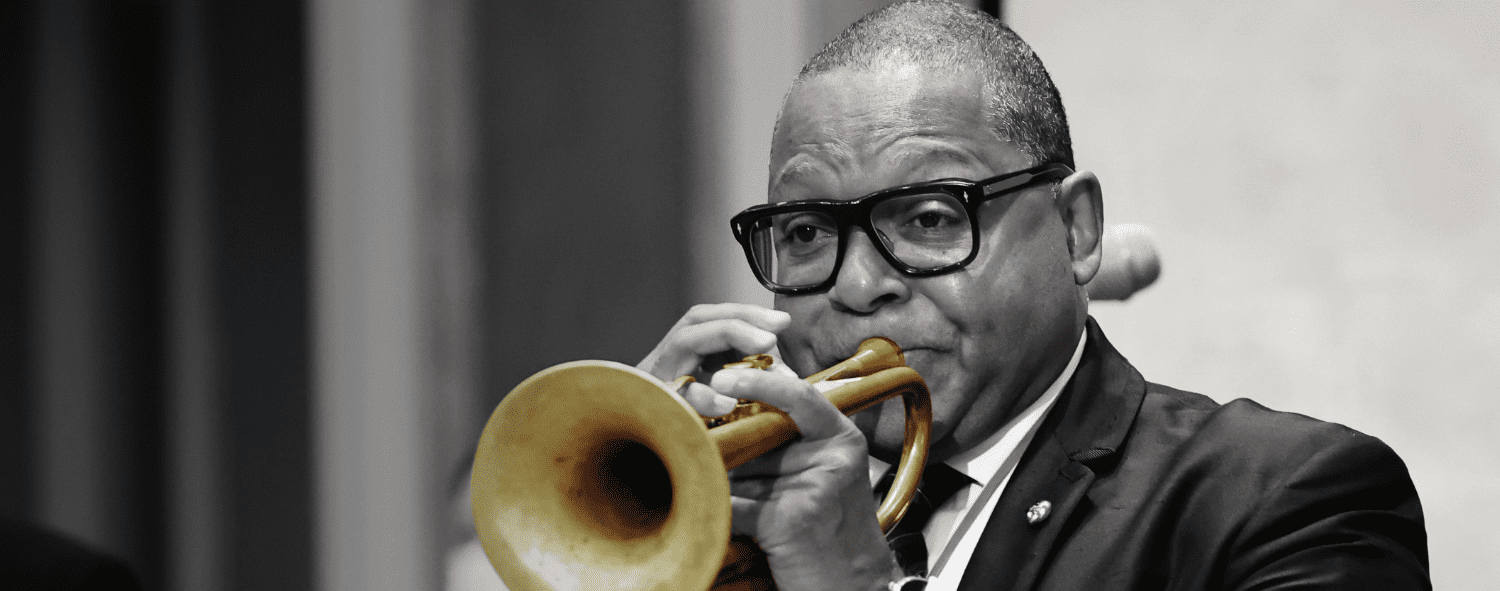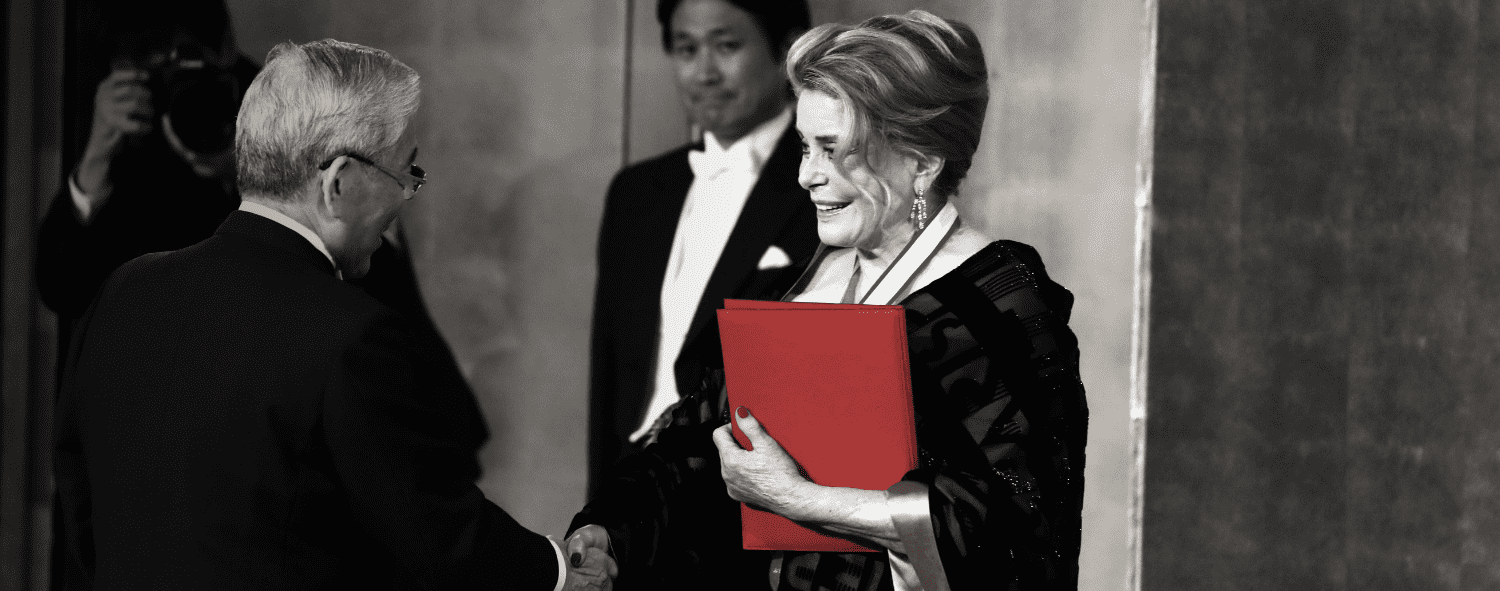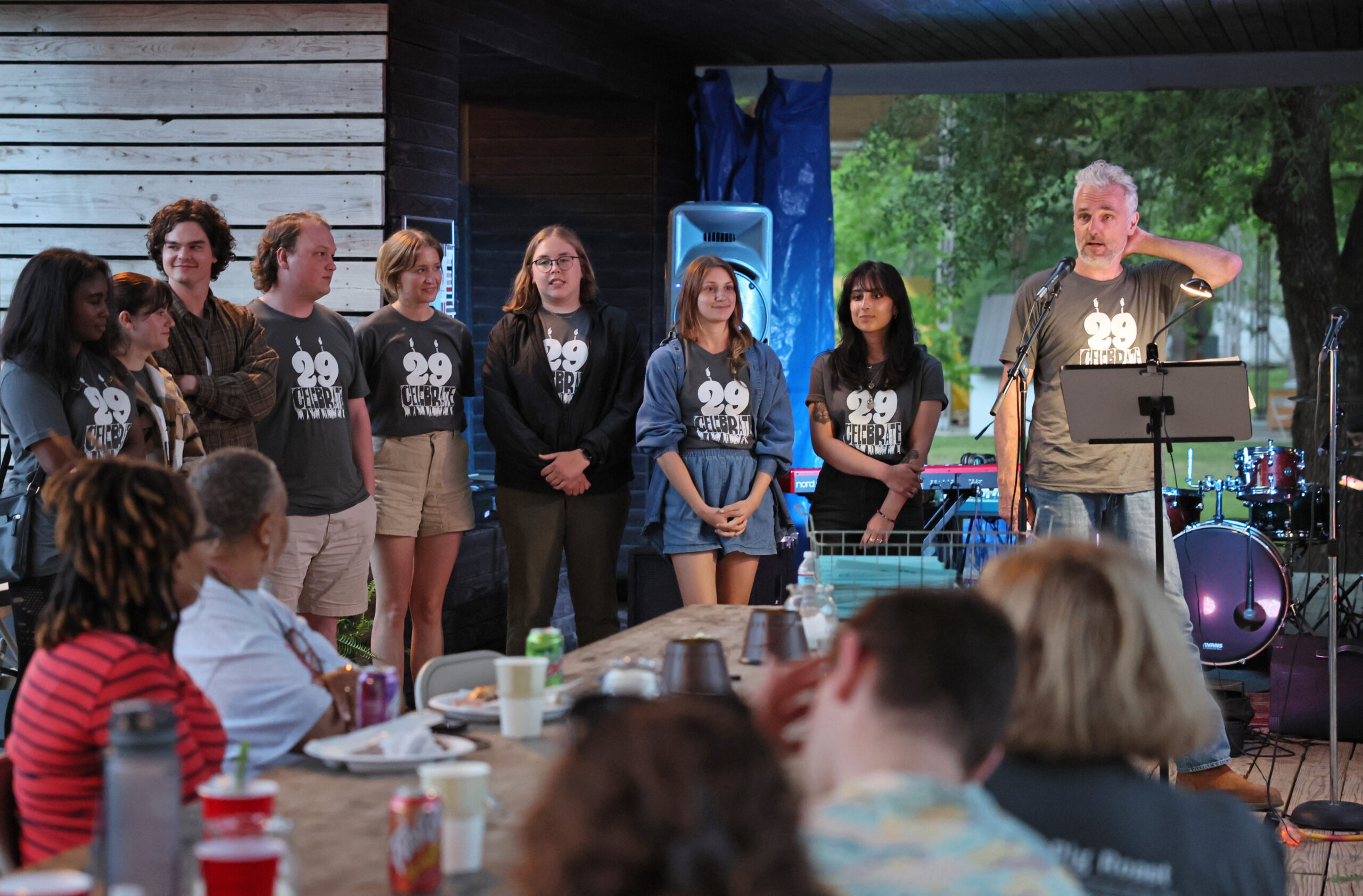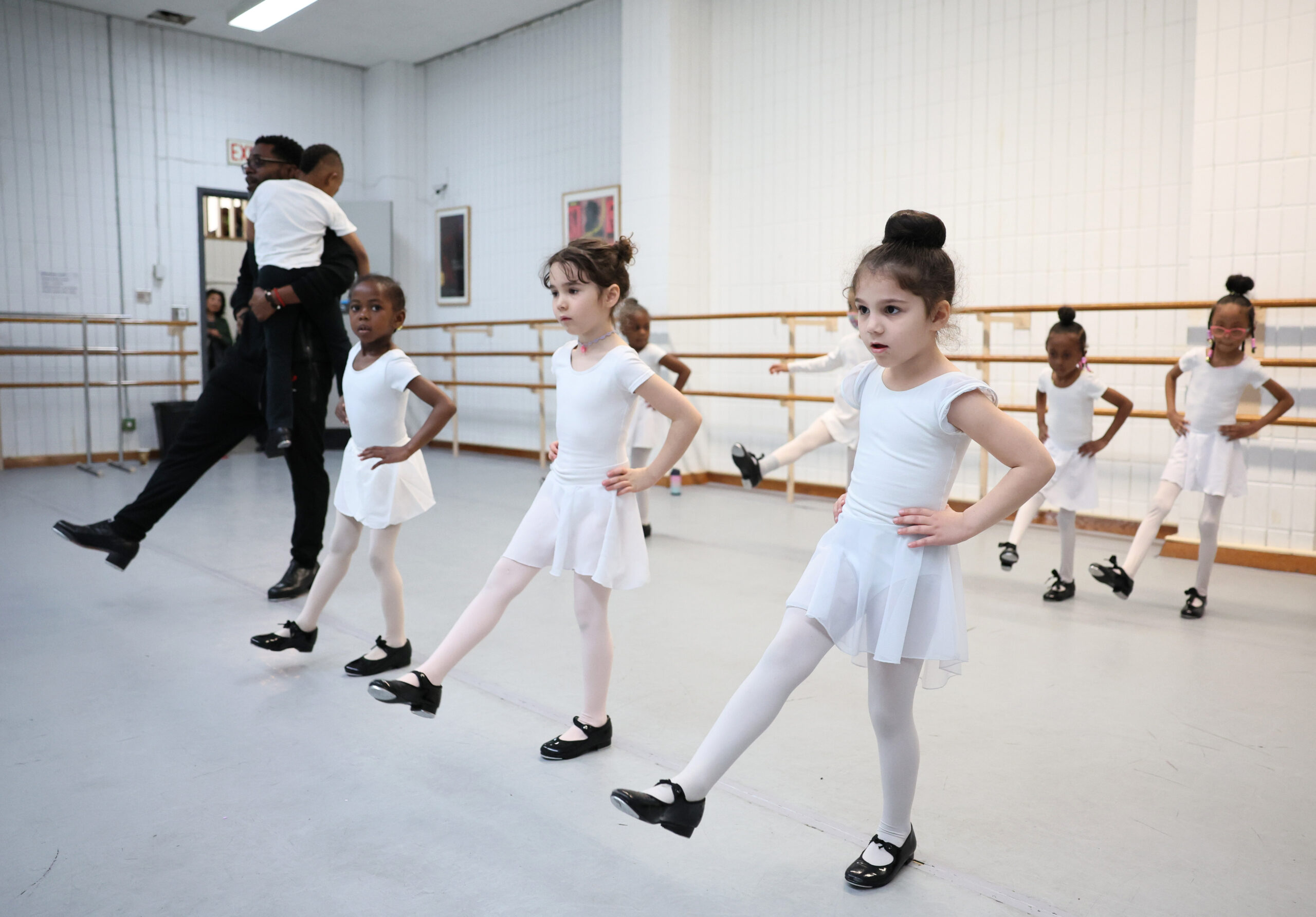Wynton Marsalis
Wynton Marsalis is a world-renowned trumpeter, bandleader, composer, and a leading advocate of American culture. Raised in a musical family in New Orleans, Louisiana, he began performing jazz and classical trumpet music from an early age. In 1980, just after moving to New York to attend The Juilliard School, he toured with the legendary Art Blakey and the Jazz Messengers. In the four decades since, he has rekindled widespread international interest in jazz through performances, educational initiatives, books, curricula, and public advocacy. Between his 1982 debut and the present, he has released 127 jazz, classical and alternative recordings, composing hundreds of original pieces. He has performed in 858 cities and 65 countries across the globe to date. He is the recipient of 41 honorary degrees and has been appointed UN Messenger of Peace (2001) and Chevalier de la Légion d’honneur (2009). He is a recipient of both The National Medal of Arts (2005) and The National Humanities Medal (2016). He presently serves as Managing and Artistic Director of Jazz at Lincoln Center, Musical Director of the Jazz at Lincoln Center Orchestra, Director of Jazz Studies at The Juilliard School, and President of the Louis Armstrong Educational Foundation.

